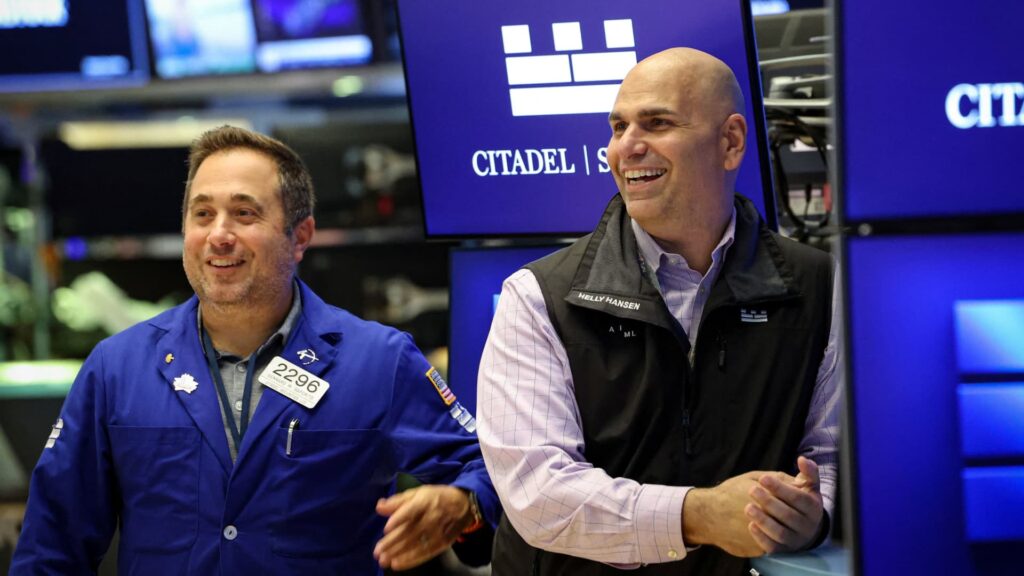Stocks closed higher on Tuesday as investors moved past worries of a potential U.S. government shutdown and logged an unusually strong September.
The S&P 500 closed up 0.4% at 6,688.46, while the Nasdaq Composite climbed 0.3% to finish at 22,660.01. The Dow Jones Industrial Average advanced 81 points, or 0.2%, to close at 46,397.89 — a fresh closing high.
The federal government is due to run out of funding at midnight, and House Speaker Mike Johnson, R-La., told CNBC Tuesday that he’s “skeptical” that a shutdown can be averted by the deadline, saying that the outcome is in the hands of Senate Minority Leader Chuck Schumer, D-N.Y., and House Minority Leader Hakeem Jeffries, D-N.Y.
Jeffries, meanwhile, said on CNBC about Republicans that “if the government shuts down, it’s their decision to do it.”
For the most part, the stock market is taking the prospect of a government shutdown in stride. Historically speaking, stoppages have had a negligible impact on the market, as they seldom last for more than two weeks. However, some investors worry the impact on the U.S. economy could be especially harmful this time around, should the Trump administration go through with its threat of mass firings of federal workers, or if it lasts for longer than anticipated.
“When it comes to Washington, the market widely expected a shutdown to happen, so investors are largely sitting tight for now, but if this extends beyond two weeks, people will start to become more concerned,” Adam Crisafulli of Vital Knowledge said.
Investors are already wary about a slowing labor market, the risk of stagflation and elevated stock valuation. If the government suspends operations, the Labor Department said it won’t release the September nonfarm payrolls report as scheduled on Friday. A shutdown could also prompt rating agencies to rethink the strength of U.S. credit, which was downgraded in May by Moody’s.
The jobs report is one of several upcoming key data releases that would provide crucial information about the direction of the economy ahead of the Federal Reserve’s October policy meeting. The latest sign of economic strain arose Tuesday, when the September reading on consumer confidence came in lower than expected.
It’s possible, however, that a delay in the report’s release might actually be favorable to the market, according to Peter Corey, co-founder and chief market strategist at Pave Finance.
“This could spare the market the potential of seeing August’s 22,000 payroll number sink below zero, as is likely given the statistics are already dangerously close,” Corey said. “A delay would postpone any investor disappointment and give the market a chance to release more positive data in the interim to soften the impact.”
Software stocks retreated Tuesday, with Paychex pulling back 1% following its quarterly results and Salesforce moving 3% lower. Nvidia was a bright spot during the session, rising in sympathy with CoreWeave. The latter, which is backed by Nvidia, announced a $14.2 billion artificial intelligence cloud infrastructure deal with Meta Platforms.
Even with Tuesday’s moves, major U.S. stock indexes are on track for solid monthly gains as September wraps up. The S&P 500, which has averaged a 4.2% drop for the month over the last five years, has increased 3% this month, and the Dow has gained 1%. The Nasdaq has outperformed with a 5% gain in September.
Tuesday will also bring the end of the third quarter. The broad market S&P 500 is up 7% quarter to date, while the tech-heavy Nasdaq is set to notch a 11% quarterly gain. The blue-chip Dow is up 5% since the end of June, its fifth straight quarterly advance.

